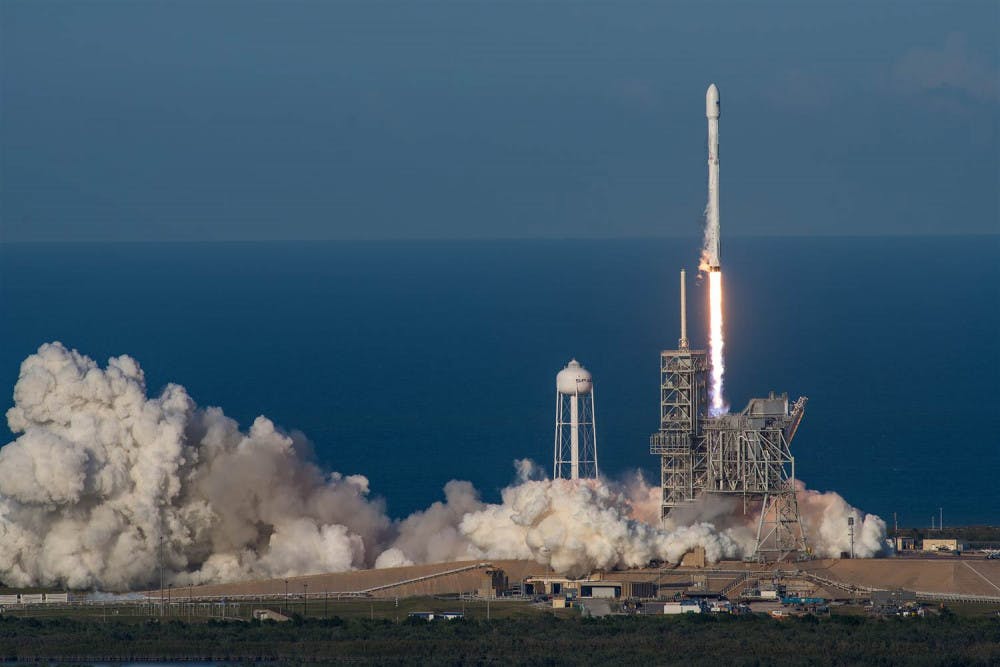by Eben Griger Private space flight company SpaceX successfully launched a communication satellite into orbit, using a rocket that had previously been launched and recovered. The Falcon 9 rocket, launched from Kennedy Space Center in Florida, had been used in April 2016 on a mission to resupply the International Space Station. Falcon 9 then landed on a SpaceX barge in the middle of the Atlantic Ocean. This rocket had already reached fame for being the company's first ever successful landing of a rocket on a moving platform. Historically, the most expensive part of space flight has been getting there in the first place. NASA’s space shuttle program cost roughly $1.2 billion per flight, with $500 million of that going to building and rebuilding the launch rocket each time. And with a recorded 131 flights each using a new rocket, that adds up to about $65 billion. With the norm being each rocket crashing down to Earth after a mission and only a chance of being scrapped for parts, this means a lot of money going to waste. “I try to tell my team to imagine that there was a pallet of cash that was plummeting through the atmosphere, and it was going to burn up and smash into tiny pieces, would you try to save it? Probably yes.” SpaceX founder Elon Musk told attendees of the 2016 Code Conference, an invitation-only event where the leaders of tech (Bill Gates, Jeff Bezos and Sergey Brin to name a few) talk about its future. SpaceX’s achievement could mark the beginning of a new era of space flight, where it is possible to get there for a lot cheaper, and a lot more often.
Sources: NPR, Florida Today, Space.com Image: NBC




















